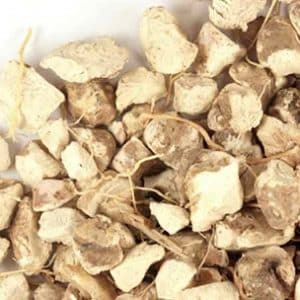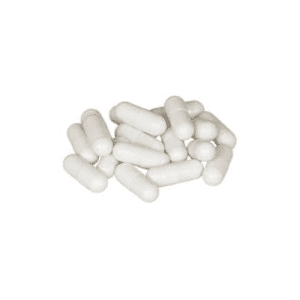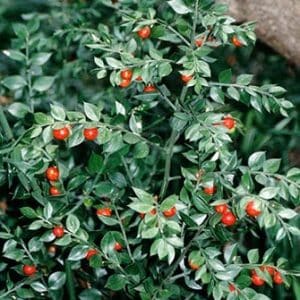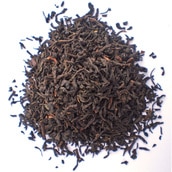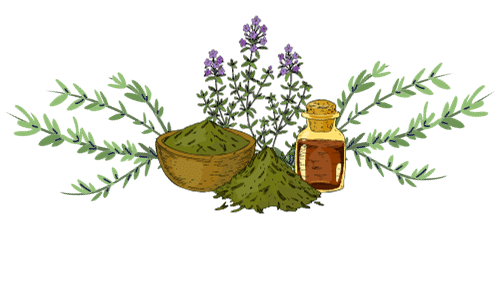Botanical Name
Common Names
Indigenous to Eurasia, Canada, and the eastern parts of the US, it is now commonly cultivated in Europe. Witch Hazel is a small perennial deciduous shrub, growing to fifteen feet with coarsely toothed, broad oval leaves. Distinctive yellow flowers appear in clusters at its joints and then evolve into blackish-brown fruit capsules that, when ripe in winter, audibly eject two oily, edible seeds up to twelve feet away from the tree. The nuts look like hazelnuts and are often confused with them.
There are five species of Witch Hazel, but the main pharmaceutical source is from the US, where it inhabits the damp woodlands and swamps in Florida and Minnesota. The leaves are gathered in the summer and dried. The bark is harvested during the autumn and dried as quickly as possible in the shade.
Its name came as a result of either the use of the plant’s wood to make brooms or from the popping sound made by the seed pods as they burst from the tree, hinting of some occult power, and hence its nicknames.
Its name is also derived from an old Anglo-Saxon word wych which meant flexible. The branches of the shrub are so flexible that Native Americans used them to make bows. They also found many other uses for the plant. A tea was brewed from the leaves and bark was rubbed on cuts, bruises, insect bites, and aching muscles and joints. When taken internally, it treated a variety of ailments, including colds, menstrual cramps, and to stop hemorrhaging and heavy menstrual bleeding. Poultices, soaked in a decoction of bark, was used to treat tumors and inflammations, especially of the eye. The Cherokee and Iroquois, used as a tea from the leaves or bark to treat coughs, colds, fevers, and sore throats.
It was used as an astringent and antiseptic in the US during the 19th century until a controversy erupted following commercial use of distillation to make the extracts. According to some critics, the distillation process removes the astringent tannins, leaving water that is of little medicinal value. Herbalists today, recommend that only a decoction be used.
Key Actions
Key Components
